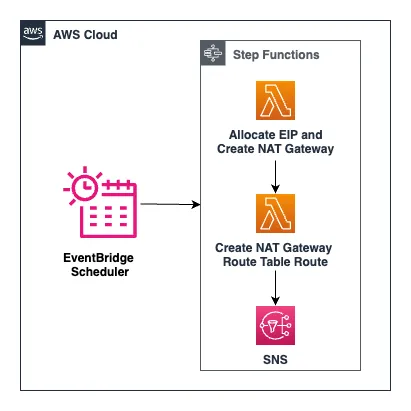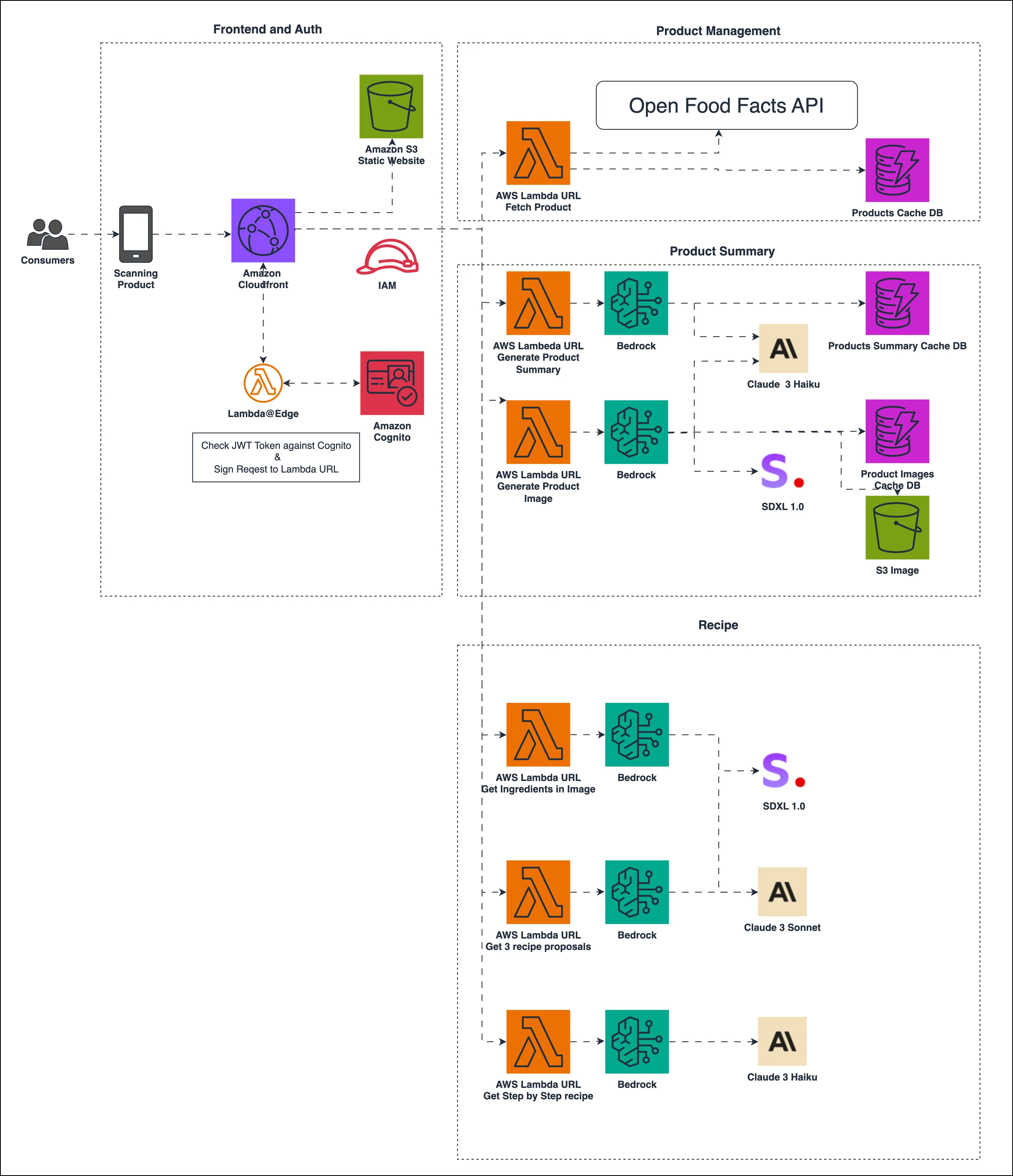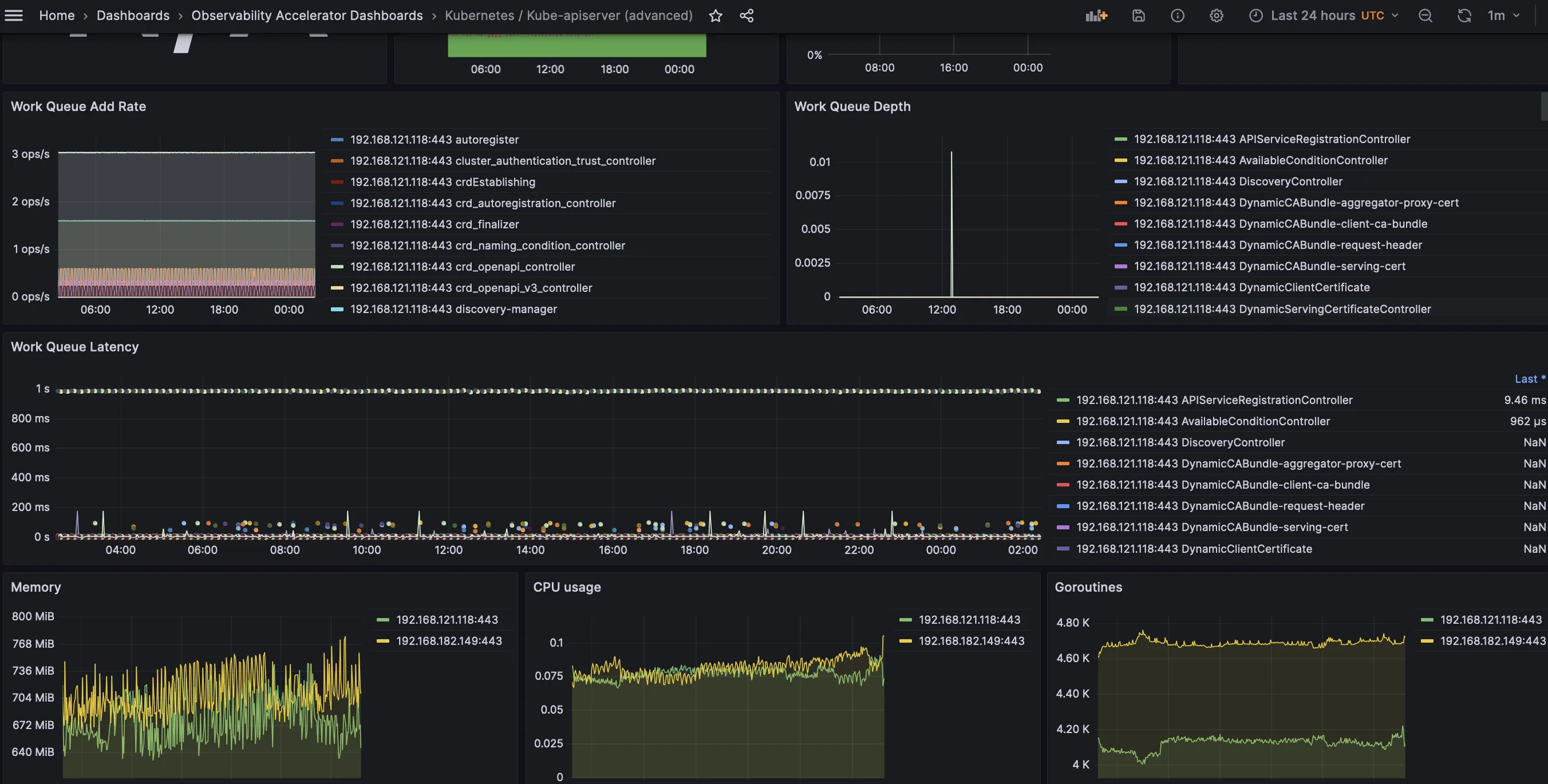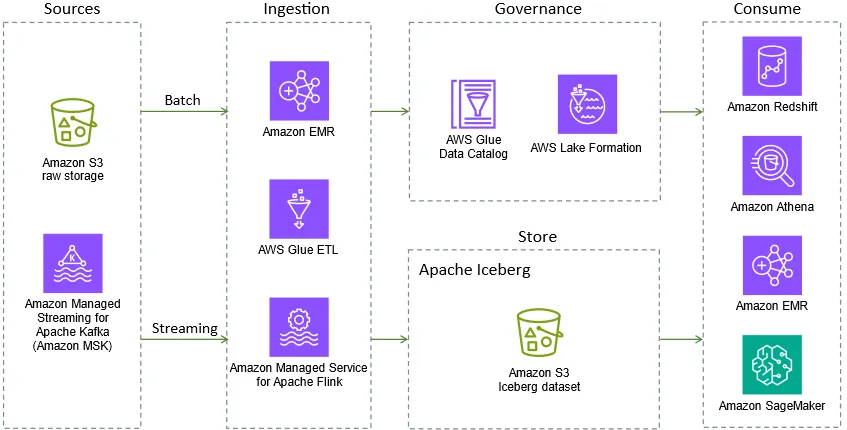AWS open source newsletter, #198
A round up of the latest open source news, projects, and events that every open source developer should know about.
automated-datastore-discovery-with-aws-glue
containers-cost-allocation-dashboard
Demos, Samples, Solutions and Workshops
real-time-social-media-analytics-with-generative-ai
serverless-genai-food-analyzer-app
The best from around the Community
High Performance Software Foundation (HPSF)
Using Amazon Q Developer to Write Code for Observability




- Perform maintenance tasks and schema modifications in Amazon RDS for PostgreSQL with minimal downtime using Blue Green deployment walks you through performing schema changes and common maintenance tasks such as table and index reorganization, VACUUM FULL, and materialised view refreshes with minimal downtime using blue/green deployments for an Amazon Relational Database (Amazon RDS) for PostgreSQL database or an Amazon Aurora PostgreSQL-Compatible Edition cluster [hands on]
- PostgreSQL for SaaS on AWS provides a collection of best practices for running PostgreSQL workloads for SaaS applications on AWS
- Deploying Karpenter Nodes with Multus on Amazon EKS shows how Karpenter can be used in conjunction with Multus CNI, a container network interface (CNI) plugin for Kubernetes that enables attaching multiple network interfaces to pods [hands on]
- Ensuring fair bandwidth allocation for Amazon EKS Workloads provides a hands on guide on how you can use the Amazon VPC CNI plugin and its capabilities to limit ingress and egress bandwidth for applications running as pods in Amazon EKS [hands on]
- How to automate application log ingestion from Amazon EKS on Fargate into AWS CloudTrail Lake looks at how to capture the STDOUT and STDERR input/output (I/O) streams from your container and send them to S3 using Fluent Bit [hands on]
- Enhancing Kubernetes workload isolation and security using Kata Containers details the process of setting up a self-managed microVM infrastructure on Amazon EKS by using Amazon EC2 bare metal instances and Kata Containers [hands on]
- Enhancing observability with a managed monitoring solution for Amazon EKS walks you through a solution that provides monitoring Amazon EKS clusters with Amazon Managed Grafana and Amazon Managed Service for Prometheus [hands on]

- Disaster Recovery on AWS Outposts to AWS Local Zones with a GitOps approach for Amazon EKS is a great overview of how AWS Local Zones can be used as a DR option for Amazon EKS workloads running on AWS Outposts [hands on]

- Multi-Region Disaster Recovery with Amazon EKS and Amazon EFS for Stateful workloads takes a look at how to achieve business continuity in AWS by using Amazon EFS and Amazon EKS across AWS Regions [hands on]
- Unleash the possibilities of Stable Diffusion helps you understand your options when it comes to deploying Stable Diffusion on open source technologies on AWS [hands on]
- In-place version upgrades for applications on Amazon Managed Service for Apache Flink now supported explores in-place version upgrades, a new feature offered by Managed Service for Apache Flink, covering how to get started, insights into the feature, and a deeper dive into how the feature works and some sample use cases [hands on]
- Entity resolution and fuzzy matches in AWS Glue using the Zingg open source librarylooks at how to use Zingg, an open source library specifically designed for entity resolution on Spark, to help address data governance challenges and provide consistent and accurate data across your organisation [hands on]
- Use AWS Data Exchange to seamlessly share Apache Hudi datasets shows how you can take advantage of the data sharing capabilities in AWS Data Exchange on top of Apache Hudi [hands on]
- Understanding Apache Iceberg on AWS with the new technical guide announces the launch of the Apache Iceberg on AWS technical guide, a comprehensive technical guide that offers detailed guidance on foundational concepts to advanced optimisations to build your transactional data lake with Apache Iceberg on AWS

- Binary logging optimizations in Amazon Aurora MySQL version 3 discusses use cases for binary logging in Amazon Aurora MySQL, improved binary logging capabilities that have been added to Amazon Aurora MySQL over the years, and additional support for MySQL native binary logging features
- Integrate Amazon Aurora MySQL and Amazon Bedrock using SQL is a must read to see how you can invoke foundational models on Amazon Bedrock as SQL functions on Amazon Aurora MySQL [hands on]
- Monitor Java apps running on Tomcat server with Amazon CloudWatch Application Signals (Preview) demonstrates how to auto-instrument Java web applications deployed via WAR packages and running on Tomcat server with AWS Distro for OpenTelemetry (ADOT), using CloudWatch Application Signals (Preview) [hands on]
- New in AWS Amplify: Integrate with SQL databases, OIDC/SAML providers, and the AWS CDK provides a glimpse of how you can extend your AWS Amplify project, using three examples how you can integrate with existing data sources, authenticate with any OpenID Connect or SAML authentication provider, and customise the AWS Amplify generated resources through CDK [hands on]

- A Pilot Light disaster recovery strategy for WordPress dives into how you can architect a resilient cross-Region Pilot Light DR strategy for WordPress, that uses the robust global infrastructure of AWS

Any opinions in this post are those of the individual author and may not reflect the opinions of AWS.
